Yes, I was up at 2am. It happens. I was thinking about the jobs we choose and the roles we serve in our cities. Why 2am? Who knows.
Here is where I landed with that middle of the night thinking…
What does it mean to choose our cities? Why do we opt to work with or for our city of choice? What are we each working to achieve? Why do we do this work?
I’ve been thinking about this a lot because 2021 was a hard year for everyone – especially people in city leadership. Especially for people who love their city/town/neighborhood and know that there is always more we can do.
We learned a lot in 2021. We learned that:
- People still love to come together. Places to gather are essential to our souls and to our connection to each other in the community. Isolation sucks and the fabric of our community is made through the formal and informal ways we gather – community organized festivals and markets, but also all the informal ways we run into people.
- Small businesses are still our lifeline. These businesses employ our neighbors, make sure we have the supplies we need, and build our pride in the place we live. These businesses rallied in 2020 and 2021 to be the heart of our community. They fed people in need, they fought to stay afloat, and they supplied us with gifts when the international supply chain got a bit shaky. Your town might have a full main street or a lot of vacant storefronts, but either way you know that your small businesses are essential to the community’s resilience.
- The world is going to be unpredictable for a long time. Delta, omicron, or whatever comes in the next wave, we have no idea what’s coming next in our lives. Wild fires, hurricanes, or this pandemic, it seems that we are in an era of the unknown for the long haul now. That means finding new ways to be nimble – both as city leaders and in our support for small businesses. What worked before may not work now.
- People are launching businesses all over the place. We saw a 24% increase in business applications from 2019 to 2020, and most people expect that number only grew larger in 2021. Thirty states and DC saw an increase of 10% or more in business starts, with the highest growth in the South and Midwest. This means we have an opportunity to help more entrepreneurs in more places thrive and help us build stronger, more diverse local economies.
So what do we do about it all?
You are still running your city, your downtown program, your economic development initiatives. There is more to do than hours in the day.
And yet!
And yet, we are still in this moment when the opportunity to do something different - something that builds more opportunity for more people in your community – is right in front of us just waiting to be put into motion.
What is in your Q1 plan to make a difference for these entrepreneurs and your growing small business community?
Here are three steps to get you started and build on what we learned in 2021:
1. ARPA funding means we can be more creative and more targeted with our economic resilience. These federal dollars can go towards programs to strengthen your entrepreneurs, help them grow, and show them how to build their revenue. Small businesses are still struggling. The unpredictable nature of our economy means that businesses are working hard to survive and probably do not know anything about the programs you already have in place. Now is the time to invest in specific actions that will make the biggest difference to them in the next 6 to 12 months.
2. Technical assistance, real estate, and capital are still the essential pieces for small business success, but the specific barriers your small businesses face might be different than your neighboring community’s barriers. Engage directly with your business owners, find out what they need, and build accordingly. De-risk your investments by doing some discovery work – across the diversity of your community – and learn about what barriers your business owners face. Your investments will go farther faster once you do this.
3. New models will make a difference for the success of your small business community. Community leaders, real estate developers, and entrepreneurs are creating new ways of getting business done, building a support system around entrepreneurs, and saving scarce resources through new ways of doing business. Pay attention to the details (or reach out for help) around shared retail or production spaces for specific product verticals, new micro loan programs targeting at historically excluded populations, and the role of city leadership to make it happen in real time (and make a real difference right now).
From Washington, D.C. to Euclid, OH to Bellflower, CA, and so many other places in between, community leaders and entrepreneurs are making the decision to take a stand and make a difference for our small business owners. We have the tools and we have the funding. Now is the time to act and make sure we benefit more people, rebuild our downtown economy, and invest in our economic resilience for the long-haul.

